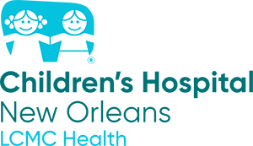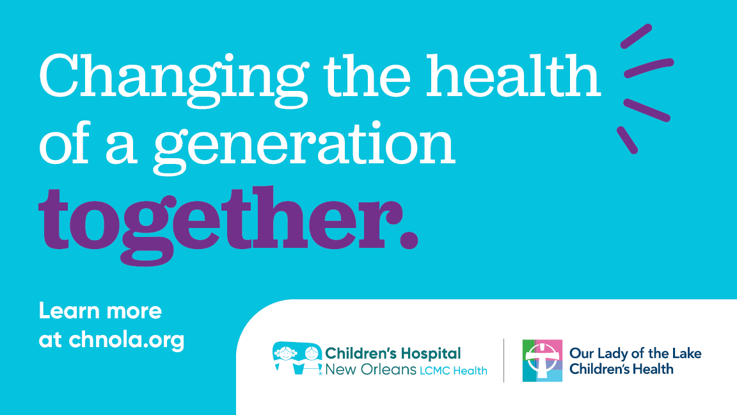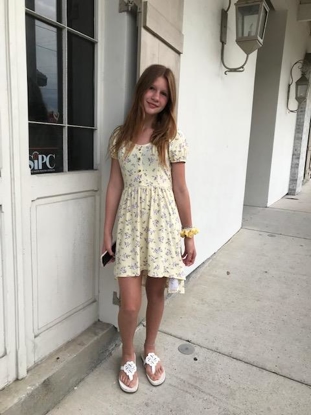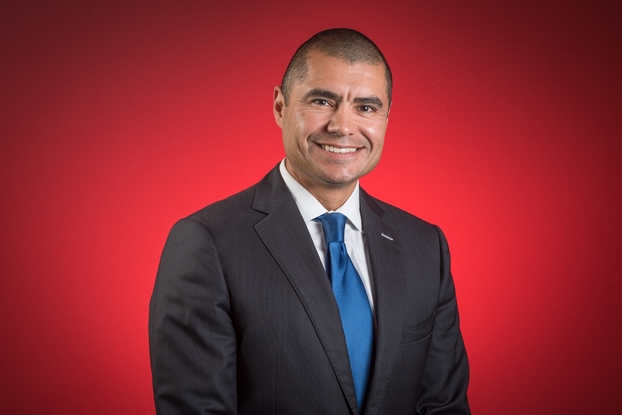A brave heart: Navigating the challenges of hypoplastic left heart syndrome with love and hope
- Category: Cardiology, Living Well, Patient Stories
- Posted on:

When Jennifer Lipscomb was pregnant, she received devastating news from her doctor.
Her baby would have several serious conditions that would put the infant’s life at risk.
“I was really shocked, sad and nervous,” said Jennifer. At her 24-week ultrasound, her doctor discovered the baby had hypoplastic left heart syndrome (HLHS), a congenital heart defect in which the left side of the heart is underdeveloped and cannot pump oxygenated blood to the rest of the body. This rare condition affects approximately two in every 10,000 live births. Babies with HLHS need a minimum of three open-heart surgeries, or a transplant, to restore their heart function. “I’m a nurse,” she said. “So, I know too much.” She knew the battle that would likely be ahead for her little girl.
Josie was born on November 16, 2022. On that same day, she was rushed to Children’s Hospital New Orleans as she would need a series of open-heart surgeries if she was to survive. When Josie was five days old, her cardiothoracic surgeon Dr. Timothy Pettitt did her first open-heart surgery – the Norwood procedure – to increase blood flow to her body and bypass the left side of her heart which was severely underdeveloped. Dr. Pettitt and his team built a new, larger aorta and created a shunt, or pathway, for blood to get to the lungs. “It’s never gonna be cured, but it’s survivable,” shared Jennifer.
For the next four weeks, Josie improved in the cardiac intensive care unit (CICU).
The day after Christmas she aspirated without warning. It caused her to stop breathing. Doctors did CPR and were able to bring Josie back. But that wasn’t the end of her medical challenges. Doctors also had to do surgery to prevent a repeat aspiration, so Dr. Fabienne Gray performed a Nissen fundoplication. In this surgery, the patient’s abdomen is opened and a surgeon wraps the top of the stomach around the lower esophagus to strengthen the muscle that separates the stomach from the esophagus. This helps to prevent acid reflux from occurring in the esophagus. “My husband and I were worried,” said Jennifer. “But we were blessed she was receiving the care she needed.” Josie has spent every day of her young life in the CICU so far. But every day she is one day closer to going home.
In addition to her hypoplastic left heart syndrome, doctors also diagnosed Josie with Angelman syndrome, a rare neurogenetic disorder affecting one in every 12 to 20,000 babies in the U.S. Symptoms of this condition include delayed development, intellectual disability, severe speech impairment, and problems with movement and balance.
Children with Angelman syndrome require intensive support and care, including physical, occupational, and speech therapies. They may also need medications to control seizures, sleep disturbances, and other symptoms. ”We really didn’t know anything about this condition so we had to look it up and do our research,” Jennifer said. “I’m glad we know now, so we can get her the therapy she needs.” There is currently no cure for Angelman syndrome, but early intervention and treatment can help manage the symptoms and improve the quality of life for patients like Josie with this disorder.
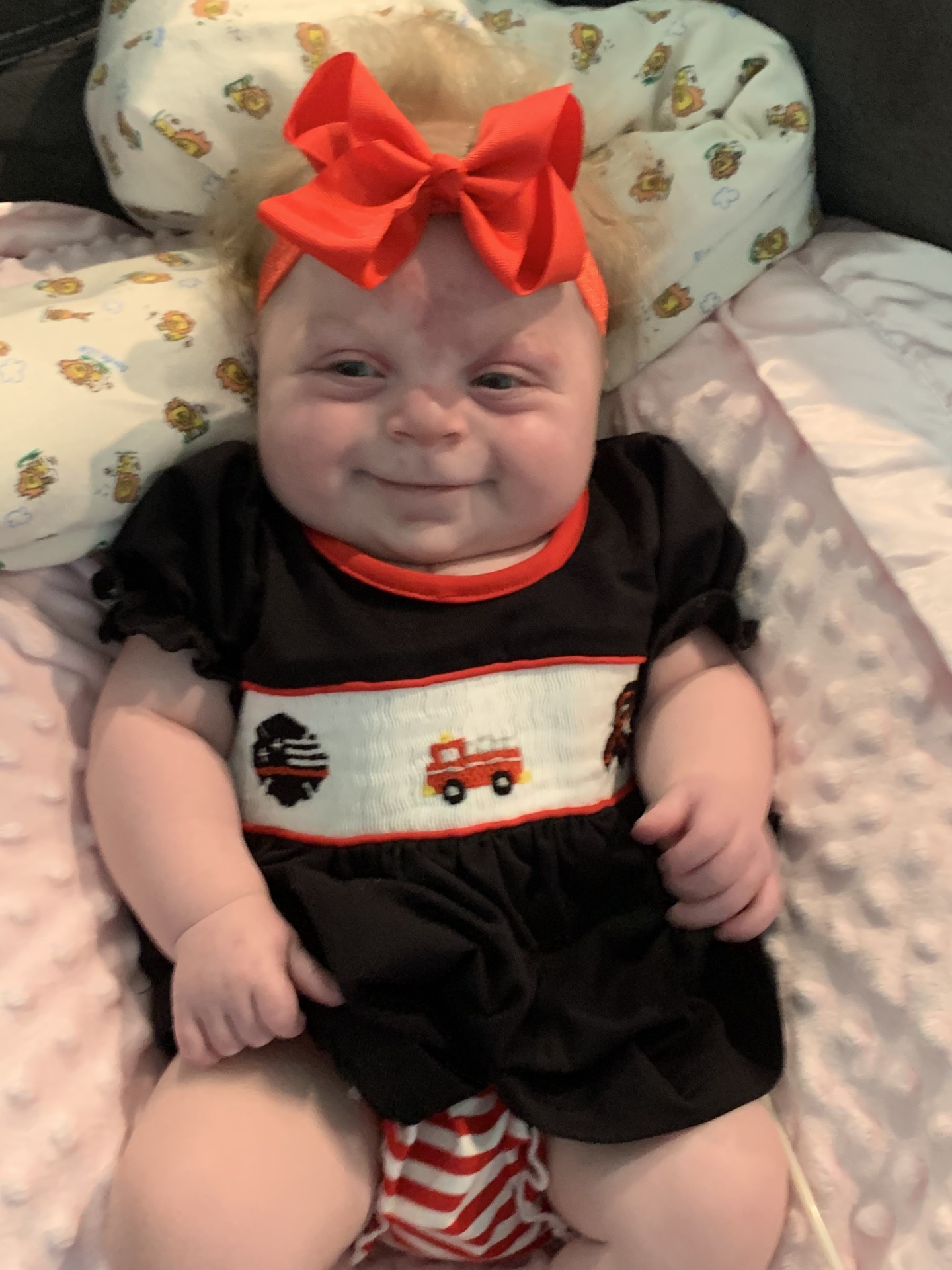
Currently, a team of doctors at Children’s Hospital monitors her care around the clock. Dr. Jason Turner, Dr. Amira Soliman, Dr. Aurelio Reyes and Dr. Parvin Dorostkar, as well as a team of other specialists, including physical and occupational therapists, and speech-language pathologists, are involved in Josie’s care.
When Josie was five months old, it was time for her second open-heart surgery. Dr. Pettitt performed the Glenn procedure, which involved removing the shunt placed during the Norwood procedure, and creating a new pathway for blood from the upper body to travel directly to the lungs without having to go to the heart. The surgery was a success, and her doctors say her prognosis is good.
When Josie is older, she will have her third open-heart surgery, called the Fontan procedure, to fully repair her HLHS. This normally will occur when the child is between two-four years old. As part of her follow-up care, Josie will see a pediatric cardiologist regularly to monitor her heart condition.
“She’s had a rough beginning of life for sure,” said Jennifer. "It has been difficult to explain to our sons, ages 14 and 7, what’s been going on with their little sister. Jodie continues to look toward the future. “She is tough and continues to inspire us all.”
